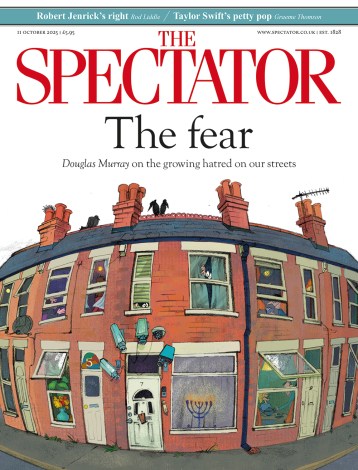Hundreds of billions have been wiped off the value of the crypto currencies. A prominent Ukrainian blogger and influencer on digital coins has been found dead. And traders are bracing themselves for a rocky start to trading on Monday as markets start to tumble. We will have to see whether it develops into a full-blown crash or not. And yet, all the major equity indices were already wildly overvalued, and a correction was always inevitable – it was just a question of when it would start.
There may well be a rough few days ahead for investors. An estimated $400 billion was wiped off the value of the main crypto currencies on Friday evening, while the Nasdaq dropped by more than 800 points, or 3.5 per cent, before the New York stock exchange closed, with the S&P 500, the benchmark for US stocks, not far behind. When markets open in Asia and then Europe they are expected to fall heavily as well.
The trigger for the fall in prices was the resumption of the tariff wars. President Trump slapped 100 per cent tariffs on China in a row over exports of ‘rare earths’, critical to much high tech manufacturing. In reality, however, the markets were already wildly overvalued. Over the summer, the price of every major asset has been soaring. The Nasdaq is up by over 30 per cent over the last six months. The chip market Nvidia is up by 65 per cent. OpenAI, the owner of ChatGPT, reached a value of $500 billion, a record for a private company. Gold went over $4,000 an ounce, and Bitcoin went over $120,000 a unit. Even the FTSE 100, despite a stagnant economy, managed to rise by 15 per cent. After the collapse that followed the first round of tariffs in the spring, every major index has been on an epic bull run, and had been hitting all-time highs.
October is often a difficult month for the market. The Great Crash of 1929 started on 28 October. The Black Monday crash of 1987 was on 19 October. The financial crisis of 2008 was more drawn out, but is generally dated as starting on 6 October that year. No one quite knows why, but the historical evidence is clear enough: October is a bad month. We will have to see whether the latest round of nervous trading develops into a full-scale collapse. With little sign of a global recession, and with the Federal Reserve in the United States, still cutting interest rates, it still seems relatively unlikely. But a correction of 10 to 20 per cent in asset prices is long overdue after the exuberance of the last six months – and it looks as if that has now arrived.







Comments